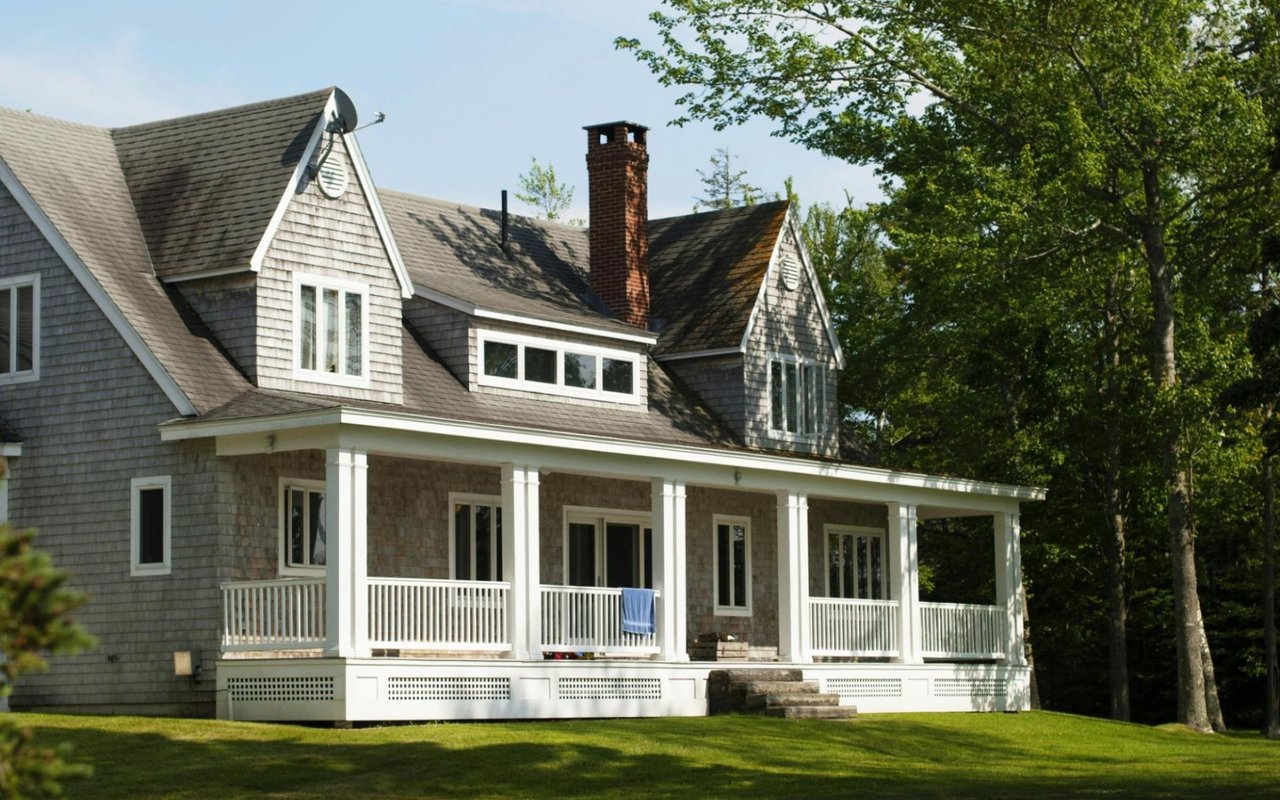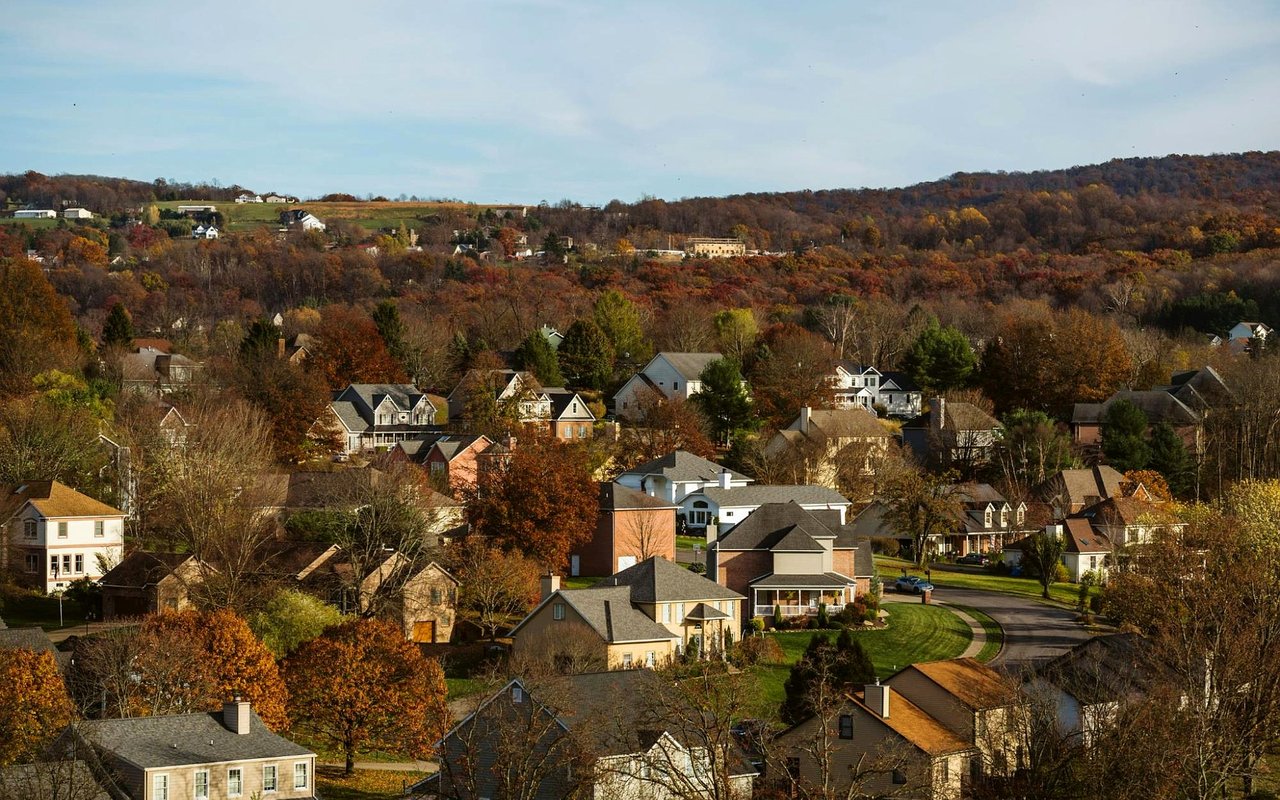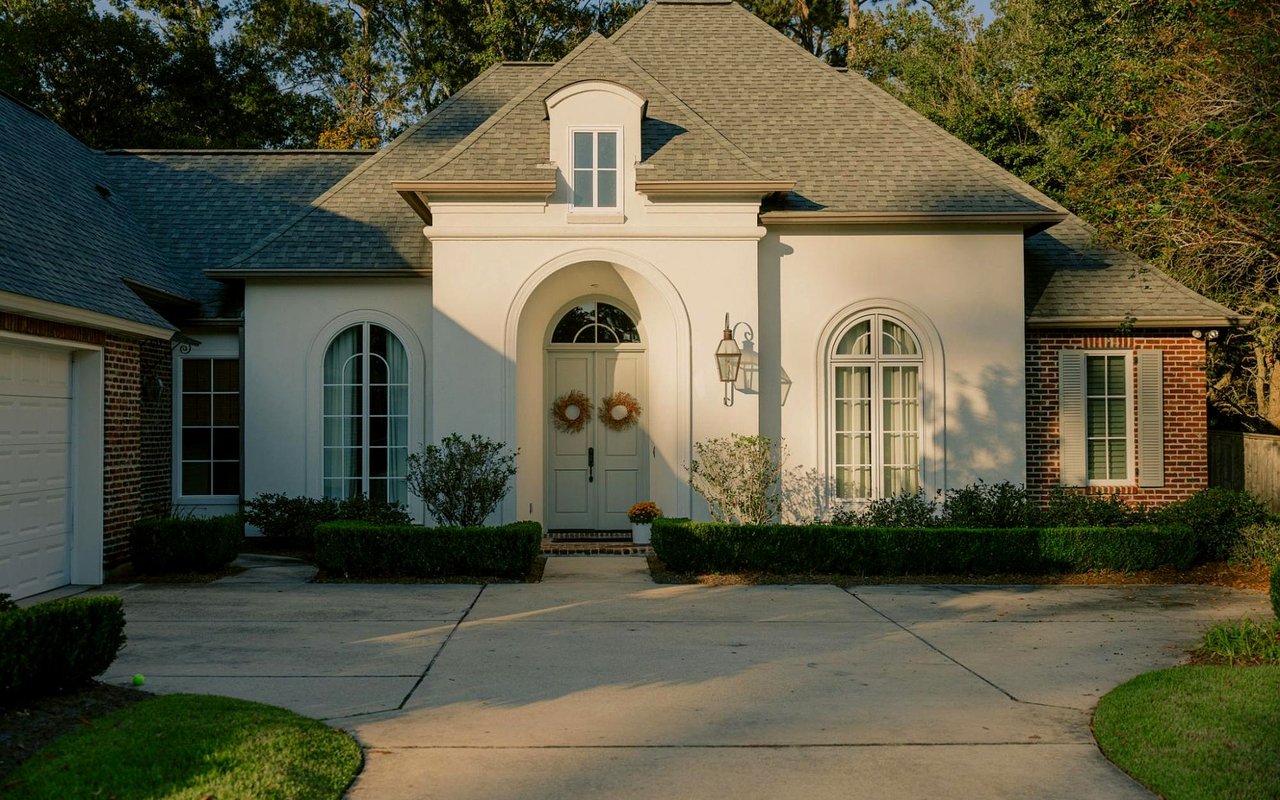Choosing where to live in Connecticut means more than picking a place on the map—it means choosing how you want to live each day. The state offers a range of environments, from the fast pace of urban centers to the peaceful rhythms of rural areas, with suburban neighborhoods offering something in between. Each setting comes with its own advantages, trade-offs, and lifestyle considerations. Whether you're seeking convenience, space, privacy, or connection, this guide unveils the key features of urban, suburban, and rural living in Connecticut to help you make a thoughtful and well-informed decision.
Urban Living in Connecticut
Urban living in Connecticut appeals to those who thrive in high-energy environments filled with culture, convenience, and connectivity. Residents enjoy easy access to restaurants, museums, theaters, and public transportation, along with a walkable lifestyle that minimizes the need for a car. The close proximity to major employers and daily amenities makes city life especially attractive to professionals and individuals seeking an active social scene. However, cities often come with higher housing prices, limited green space, and more traffic congestion. For those who value fast-paced living and round-the-clock activity, urban areas provide a dynamic and engaging lifestyle.
Suburban Living in Connecticut
Suburban living offers a comfortable middle ground between the excitement of urban centers and the quiet of rural areas. These neighborhoods provide more space and privacy than cities while still maintaining easy access to shopping, dining, and commuter routes. Many suburban communities feature organized recreational facilities, local events, and a strong sense of neighborhood connection. The lifestyle is well-suited for those who appreciate both convenience and calm, with the added benefit of having room to entertain or relax at home. Suburban environments often appeal to individuals or families seeking stability, manageable commutes, and a quieter pace without sacrificing nearby amenities.
Rural Living in Connecticut
Rural living delivers a sense of peace, solitude, and scenic beauty that appeals to those looking for space and a slower pace. Wide-open landscapes, wooded areas, and quiet roads define these areas, offering opportunities for gardening, animal care, or simply enjoying nature. Many who live rurally value privacy, self-sufficiency, and a deeper connection to the land. Though housing costs per square foot may be lower, rural areas can require longer drives for shopping, services, or entertainment. The trade-off often comes down to personal preference: for those seeking tranquility and room to spread out, rural life is a rewarding choice.
Expenses to Consider
When evaluating where to live in Connecticut, it’s important to consider the full picture of ongoing expenses beyond the initial home price. Urban areas often come with higher property values, which can translate to increased property taxes and home insurance. Living in a city may also involve additional costs such as parking fees or association dues for condominium buildings. Suburban settings may offer more predictable utility costs and maintenance needs, though commuting expenses—like fuel, tolls, or transit fares—can add up. Rural areas may provide more affordable land and housing, but larger properties can mean higher heating costs, well or septic system maintenance, and increased travel expenses for daily errands. Factoring in these financial variables is essential when comparing the long-term affordability of urban, suburban, and rural living.
Commuting and Transportation
Transportation is a critical factor when deciding where to live. Urban areas typically offer the most public transit options, allowing residents to get around without a car. Suburban communities often require driving, though many are conveniently located near highways or commuter rail lines. Rural residents generally rely on personal vehicles and can face longer travel times for work, errands, or appointments. The reliability and availability of transportation infrastructure can significantly affect day-to-day convenience and quality of life, making it essential to consider your commuting needs when choosing a location.
Lifestyle and Community
The overall atmosphere and pace of daily life can vary greatly depending on where you choose to live in Connecticut. Urban settings offer a lively, fast-paced environment where entertainment, dining, and cultural events are part of the everyday experience. These areas often attract individuals who enjoy a more spontaneous and social lifestyle. Suburban communities tend to provide a balanced pace, with a focus on neighborhood connection, planned activities, and local engagement. In contrast, rural living promotes solitude, independence, and a closer connection to nature, often with more space between neighbors and a quieter rhythm. Identifying the type of setting that aligns with your preferred pace and social needs can help ensure long-term comfort and satisfaction.
Access to Nature and Recreation
Connecticut offers strong opportunities for outdoor recreation, though the type and accessibility vary by region. Urban residents may enjoy small parks, waterfront paths, or city greenways that provide a refreshing break from the built environment. Suburban areas often feature trail networks, recreational fields, and easy access to larger natural preserves. In rural areas, nature is a daily backdrop, with hiking trails, rivers, and forests often located on or near one’s property. Those who prioritize outdoor activities like biking, kayaking, or gardening may find rural and suburban areas particularly well-suited to their interests.
Real Estate Market Considerations
The housing market in Connecticut reflects the varying lifestyle options across urban, suburban, and rural regions. Urban areas generally feature smaller living spaces, such as condos or multi-family homes, often in high demand with limited inventory. Suburban areas present a broader range of housing styles, including single-family homes with yards, and tend to maintain steady buyer activity. In rural areas, homes may remain on the market longer, but offer opportunities for larger properties, custom builds, or hobby farms. Buyers should evaluate their long-term plans, desired home features, and willingness to renovate or maintain property when comparing options.
Ready to Find Your Connecticut Home?
Let expert local guidance lead you to a property that suits your lifestyle and future goals. Contact Paula Fahy Ostop, Ellyn Marshall, and the Marshall + Ostop Team today to discuss your real estate goals and let them assist you in making your dreams a reality!
*Header photo courtesy of Unsplash




